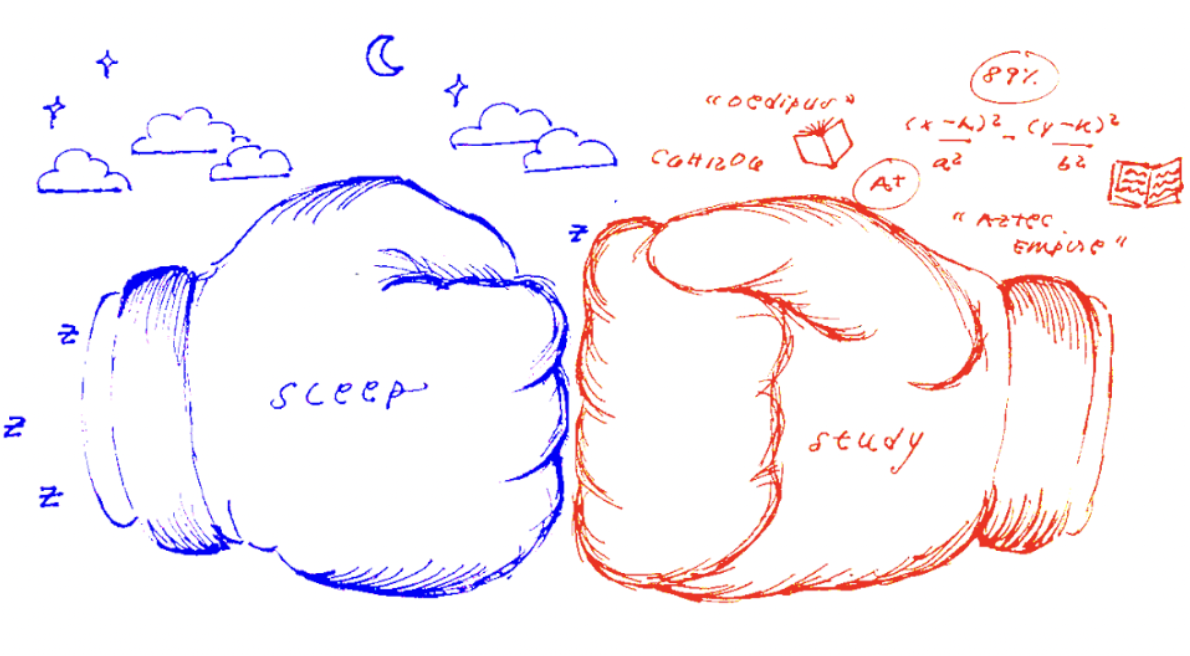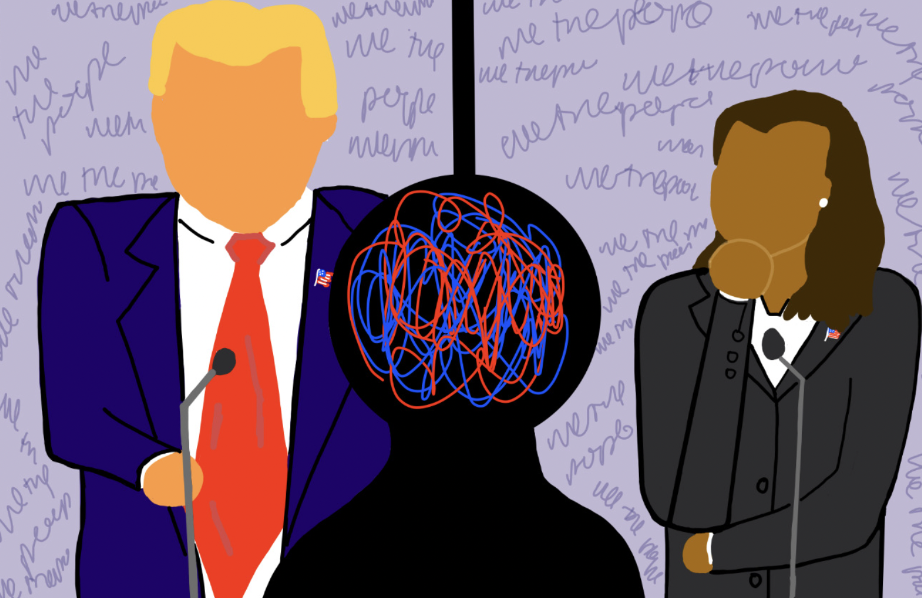This article will not Blow Your Mind, expose Three Health Tips That Will Shock You, nor will it make you believe what You Won’t Believe. Most certainly, it will not be discussing flat-Earth theories. Instead, it will explain how news outlets utilize clickbait to sow partisanship and why we need to be wary of media sensationalism.
Clickbait, put simply, is content intended to encourage viewers to click on a web page which companies can then turn into profit by collecting users data, selling products, or generating ad revenue. In our technological age, clickbait is everywhere—and, it is annoying as it is effective. Here’s how it works: an ad claims that an article’s information is somewhere between time-saving and life-changing without really explaining what it is that is so important. This creates psychological cognitive dissonance, also known as the mental “itch.” As per the 2021 study by researchers at North Dakota State University, this mental itch creates anticipation which in turn stimulates the dopamine receptors of our brain, arousing emotional responses such as happiness, boredom, and anger. And, of course, only by clicking on the web page can readers scratch that itch and receive a “payoff” for their manipulated emotional state (which is exactly why my provocative title lured you in).
But, what’s the harm in a few more clicks? As we all well know, clickbait very rarely delivers on the sensational information it promises, though in large doses, the inflammatory ways it gets you to click can be damaging. Post-COVID, Pew Research Center shows that network news viewership has been steadily declining, causing outlets to attempt to grow their audiences online (hence the recent flurry of news podcasts, digitized printings, and compact email digestibles). Clickbait has been instrumental in growing these digital audiences by increasing engagement, ultimately becoming a popular way to frame information. Just look at, for example, the New Republic’s March 24 story, “Trump’s New Enabler is Not Who You Think it is,” or Reason magazine’s article, “Forget Woke Snow White. Disney’s Remake is More Like Socialist Snow White.”
Upon further reading, not only do neither of these articles deliver on the content the titles promise, but they also strongly appeal to and heighten the emotions of partisan audiences. As of 2023, nearly 30 percent of articles published by legacy news outlets had at least one clickbait feature, with partisan-leaning sources having even more (Inc magazine). The result is the polarization of modern media: clickbait is aimed at reporting to a specific group of readers in order to profit from their outrage, joy, and disgust rather than on relevant current events. Ultimately, this creates more polarized audiences. It is for this very reason that partisan trust in mass media to report information accurately and fairly has declined by nearly 25 percent, via Gallup polling. Additionally, despite the abundance of information, Americans are increasingly consuming news diets consistent with their partisan beliefs—diets, say researchers Kevin Munger and Mario Luca at New York University, which are full of provocative articles that only further accentuate this growing political polarization.
As Americans (nearly half of U.S. adults, as per Athens Journal of Mass Media and Communications) increasingly receive their news from social media platforms with even greater magnitudes of clickbait than traditional news platforms, it is crucial for us to promote media literacy in order to mitigate political polarization and misinformation. On a broader scale, combating clickbait effectively involves algorithmic transparency, industry standards and regulations, and moderating ethical guidelines, says a new study published in the Journal of Social Sciences. While such measures may be a bit lofty within our small Groton community, we can tackle the clickbait crisis through modest investment in training, education, and community engagement.
What this would look like could be something similar to Columbia University’s media literacy education program run through DemocracyReady NY. The program offers dissertations, webinars, and articles on a variety of topics related to determining what information is credible and what is clickbait. Columbia also requires incoming students to enroll in a media literacy class before attending, ensuring students are prepared to meet our digital democracy head on.
In any case, this article has hopefully educated and informed you about clickbait—how it works, why it works, and the dangers of a clickbait crisis. And who knows, maybe along the way your mind was blown and you were shocked. Or, more realistically, I have left you with a healthy sense of skepticism for the next web page you find yourself perusing…










